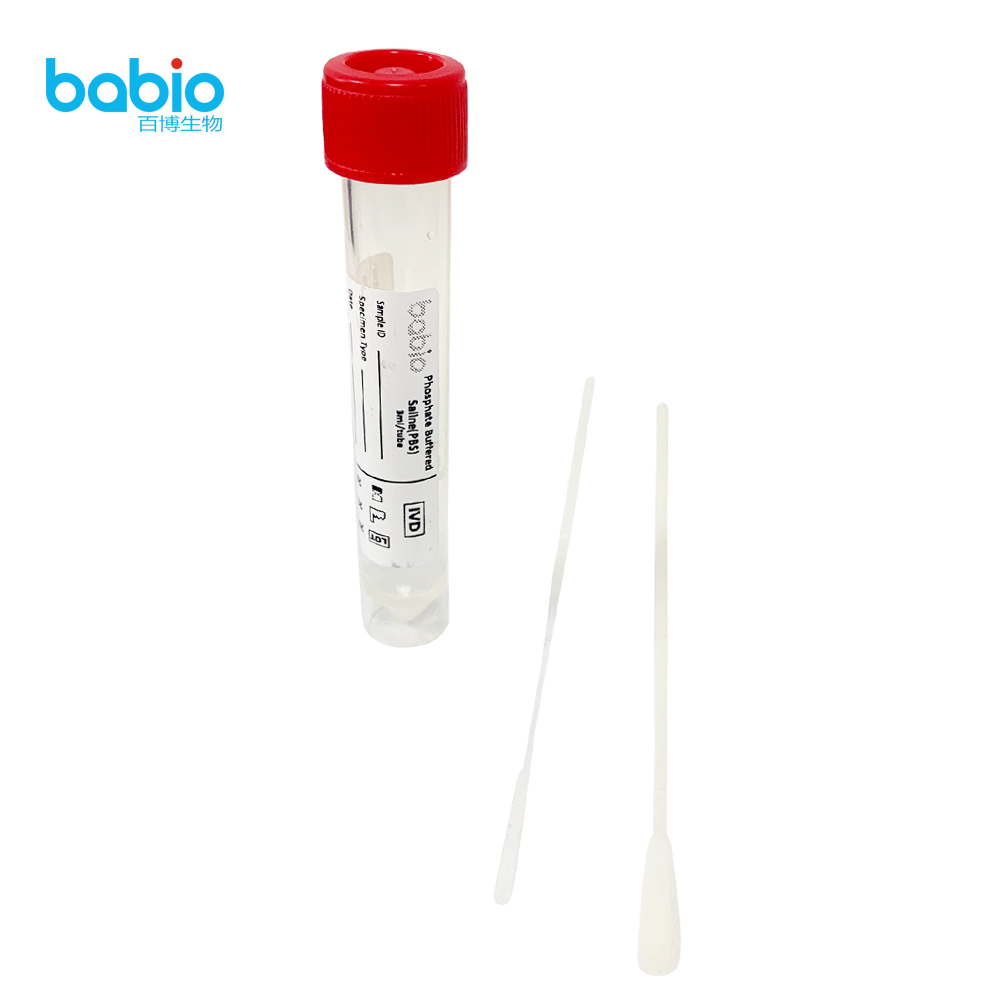Phosphate buffered saline is a commonly used buffer in biological research. This is a salt solution containing sodium phosphate with water as the solvent. Potassium chloride and potassium phosphate are also added to some formulations. The osmolarity and ion concentration of the solution match those in the human body.
Phosphates can be divided into orthophosphates and polycondensed phosphates: the phosphates used in food processing are usually sodium, calcium, potassium, and iron and zinc salts as nutrient fortifiers. Commonly used food-grade phosphates There are more than 30 varieties.
In the diluted aqueous solution, phosphate exists in four forms. In a strong alkaline environment, there will be more phosphate ions; in a weak alkaline environment, there will be more hydrogen phosphate ions. In a weak acid environment, dihydrogen phosphate ions are more common; in a strong acid environment, water-soluble phosphoric acid is the main existing form.
In order to keep the blood for transfusion for a certain period of time, add appropriate anticoagulant and try to prevent the liquid used for deterioration during the storage period.Requirements for blood preservation:
Prevent coagulation, ensure the nutrients needed for cell metabolism, extend the lifespan outside the body, and ensure that it can perform corresponding functions after infusion to the patient. Therefore, it is necessary to add anticoagulants, nutrients required for cell metabolism, and temperature control within a certain range during storage. Due to the different characteristics of various blood cells, the storage methods are also different, and the storage period is also different.


